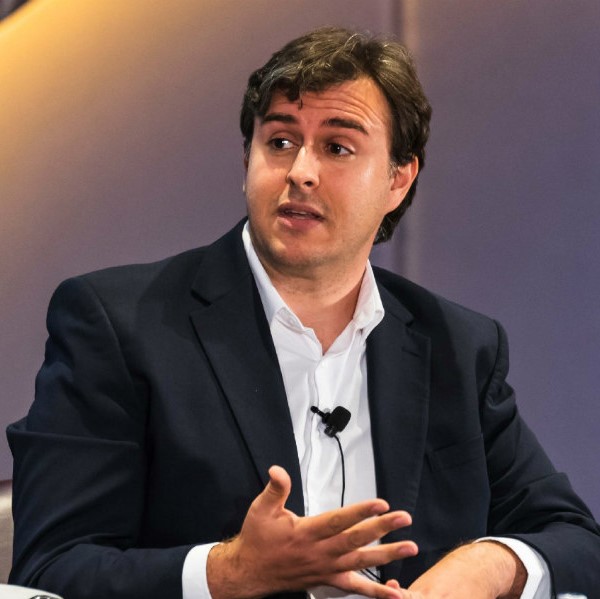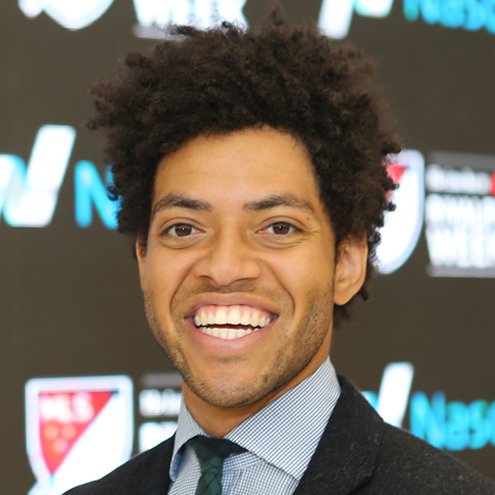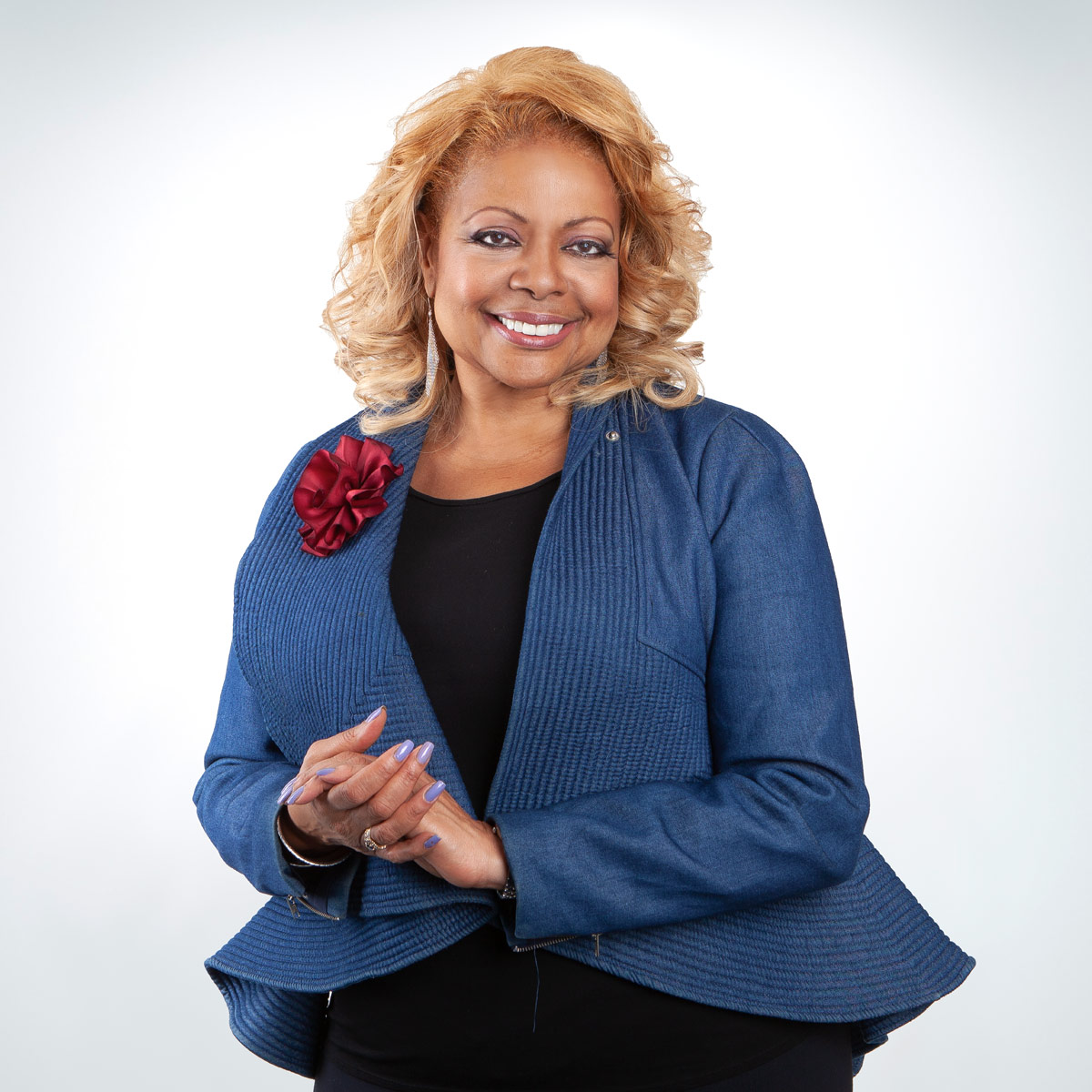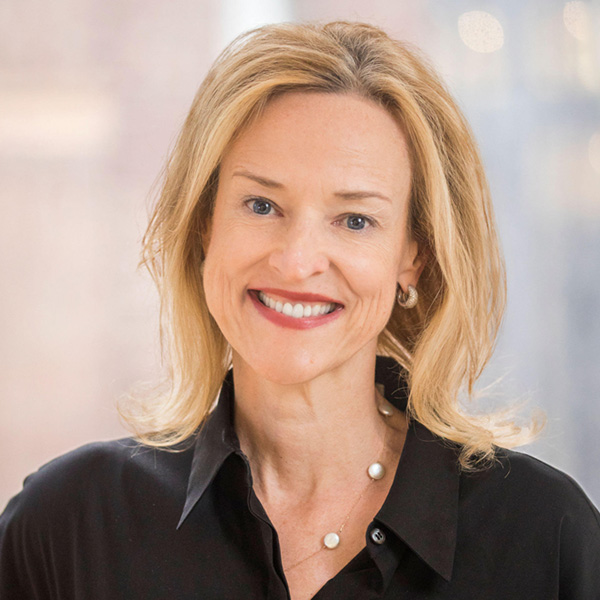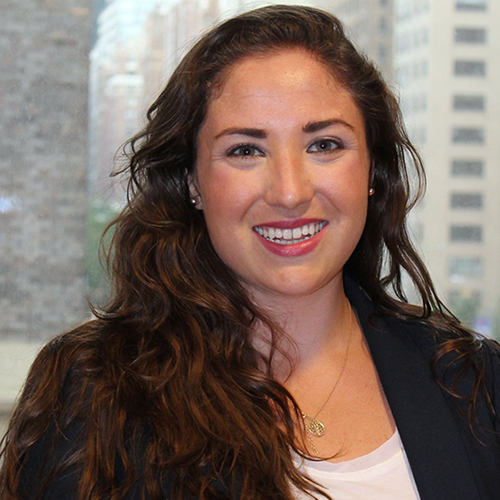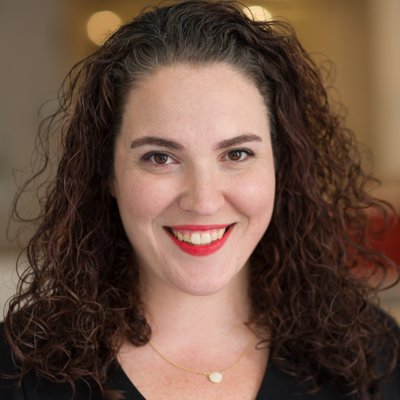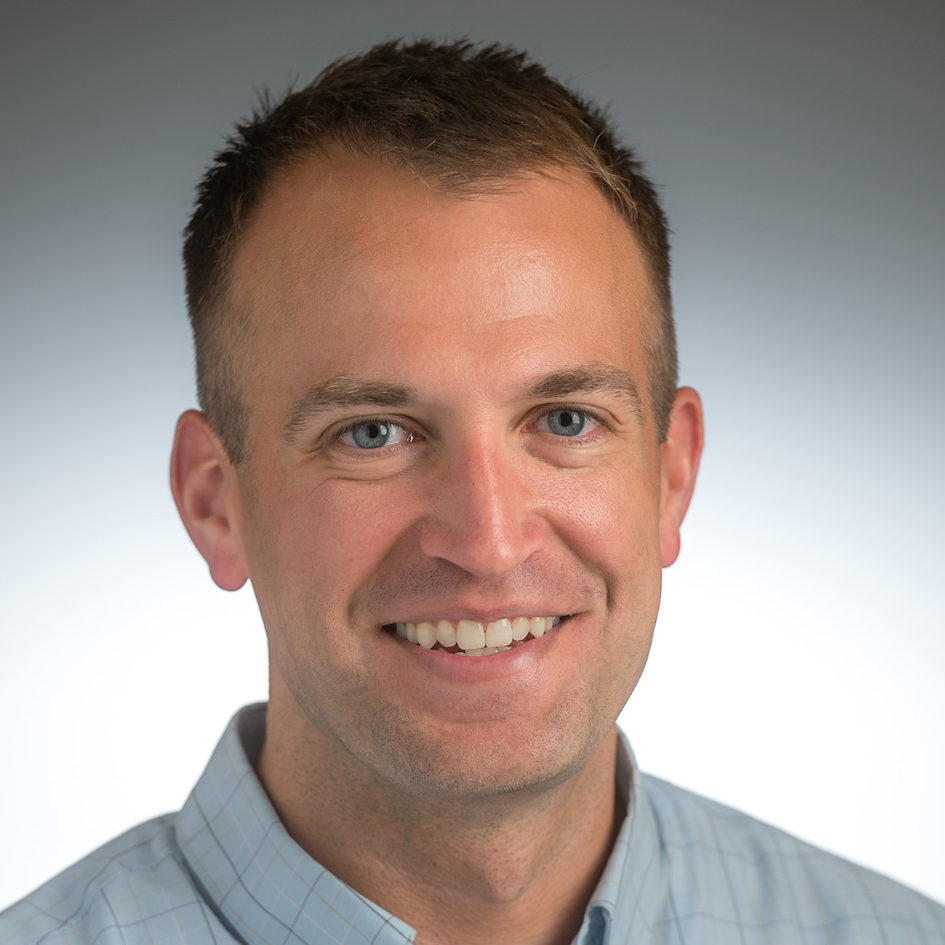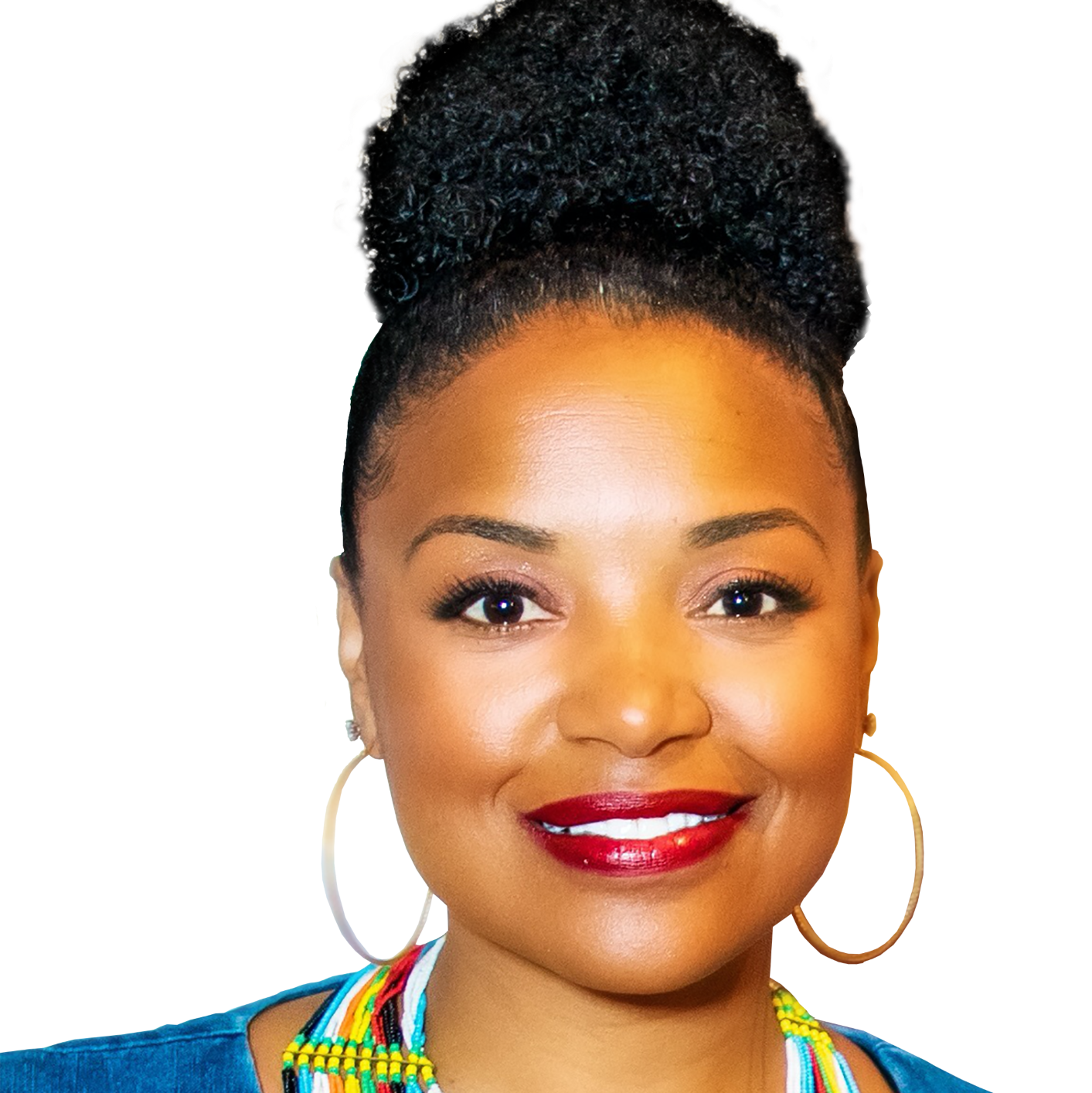Diversity, Equity and Inclusion in PR: Assessing the Present, Planning the Future
The racial reckoning taking place in America has ignited new urgency around one of the most important issues facing the PR industry and the stakeholders we serve: diversity, equity and inclusion. Unlike every other aspect of public relations, diverse representation is changing at a glacial pace. Twenty-five years ago, the U.S. population was more than 80% white. The PR industry still is. Meanwhile, the U.S. BIPOC population has increased to 40% and is poised to become the majority as early as 2041. The demographic disconnect between the industry and the population we serve has never been as stark, nor the need for significant progress as critical.
In this session, Judith Harrison will share with you the steps the industry is taking to become more representative of the world around us, along with some steps your organization can take to create a more equitable, inclusive culture in which people from all backgrounds can thrive.
Judith Harrison, Executive Vice President, Global Diversity, Equity & Inclusion, Weber Shandwick
Leveraging the Power of DEI to Unlock Vital Impact on People, Business and Society
Margenett is the Chief Inclusion and Diversity Officer for IPG DXTRA and leads the Office of Business Relevance, Inclusion and Equity. Her mission: enable and empower IPG DXTRA’s 27 best-in-class agencies use the power of DEI to unlock vital impact on people, business, and society.
In this session Margenett will share her views on inclusive leadership and on assessing, deconstructing, and reconstructing our workplace cultures in support of experience and opportunity parity for all employees. And she will provide her take on the essential role the marketing and communications industries can play in making our diverse society more inclusive and equitable.
Margenett Moore-Roberts, Chief Inclusion and Diversity Officer, IPG DXTRA
COVID Communications: It’s a Long Way from Crisis to Business as Usual
Navigating COVID communications has absorbed teams everywhere. No matter the size of your organization, one thing has remained constant: your colleagues have needed answers to all their work-related issues. The Accenture corporate communications team had to quickly figure out how to respond to – and anticipate – questions about everything from whether the company’s more than 120 offices around the world were open to whether its 537,000 people will enter the future of work. You’ll hear about how this global communications team navigated these uncharted waters, creating a 24/7 operation across 50+ countries that has generated 5,000-plus individual communications.
Stacey Jones, Senior Managing Director, Head of Global Corporate Communications at Accenture
Cliff Angelo, Managing Director, Corporate Communications at Accenture
Lunch Break
Adapting in a Very Dynamic Enviorenment: How NASCAR Returned to Racing in a COVID World
NASCAR was the first major sport in the United States to return to competition following the shutdown caused by COVID. In order to do that, the sport had to completely change everything to execute events safely. In this session, you’ll hear how the sanctioning body’s communications team was able to adapt in a very dynamic environment to clearly communicate NASCAR’s processes and protocols with the industry and the media, as well as continue to promote the sport when in-person interaction was no longer an option.
Matt Nordby, Senior Director, Track Communications, National Association for Stock Car Racing (NASCAR)
Mike Forde, Managing Director, Racing Communications, National Association for Stock Car Racing (NASCAR)
Jennifer Knoeppel – Sr. Director, Team & Driver Communications, National Association for Stock Car Racing (NASCAR)
How to Power Your Crisis Communications Plan For a Post-Covid Age
Massachusetts General Hospital is the largest teaching hospital of Harvard Medical School, the third oldest general hospital in the United States and has a capacity of 999 beds.
In this session Colleen will share with you how Mass General adapted it crisis communications strategy in the face of COVID-19 and how the organization optimized its communications program in preparation for what lies ahead.
Colleen Marashal Delaney, Director of Internal Communication, Publications and Operations, Massachusetts General Hospital
Lessons Learned from Crisis Communications in Tourism and Aviation – What It Takes to Run a Crisis Comms Team
Drawing from his experience with 9/11, the SARS crisis of 2004, the ash cloud crisis in 2009, the Germanwings 4U9525 accident and now the COVID-19 crisis, in this session Martin will share with you what it takes to meet the expectations of your stakeholders in a crisis and thus how to turn crisis into opportunity.
Martin Riecken, Head of Corporate Communications, TUI Group
End of Day One
Keeping Control of Your Narrative
The management of communications is more challenging than it has ever been. Social media and the camera phone drive the narrative in a crisis at lightning speed. Even the best rehearsed and resourced organizations can find themselves on the back foot when a crisis happens.
Recent crisis round the world have demonstrated that a failure in crisis communications is never down to a rarified and complex technical cause. Failure is almost always a result of failing to follow the basic rules - telling the truth, communicating quickly, staying victim focussed or speaking with one voice.
How can we ensure this will never happen in our own organization? It is not what happens to your organization that will define your reputation. It is how you deal with it.
In this interactive session with Donald Steel, we drill down to focus on how your organisation can retain control of the narrative through the use of social media and through enhancing capability to undertake aggressive media interviews.
Donald Steel, International Crisis Communications Expert & Former Chief Communications Adviser at BBC
Communications and Sustainability In a Post-COVID World
This session will explore how corporate communications and PR can support your organizations SDGs initiatives, how to communicate on sustainability with stakeholders and lessons learned from some of the most successful sustainability campaigns globally.
Alex Malouf, Corporate Communications Director MEA, Schneider Electric
Virtual Media Briefings: The Press Conference is Reborn
Besieged with media requests regarding COVID-19, the surge, and vaccines, the Mayo Clinic media relations team began offering virtual media briefings several times per week starting in September. These briefings quickly became an effective and efficient way of using experts’ time and satisfying numerous media requests simultaneously. In the age of COVID-19, the press conference was reborn.
In this session, Mayo Clinic will share their learnings and tips to make virtual media briefings successful as well as metrics and results.
Ginger Buxa Plumbo, Communications Manager for Issues & Crisis Communications, Mayo Clinic
Lunch Break
When it Comes to Measurement, Context is a King
For analytics professionals, there are few things more discouraging than the widespread addiction to quick, shallow metrics in the place of meaningful analysis. Whether it’s due to budget, limited understanding or limited space in a larger report, numbers like share of voice, impressions and percent increase in mentions have become the key performance indicators (KPIs) most in demand. Unfortunately, these stats aren’t actually KPIs—their value is a myth. Without context and meaning, they’re simply meaningless vanity metrics embedded in pretty charts.
In this session, Nicole will help you understand how to provide context and meaning when measuring the impact of a communications campaign- a combination of three things: audience, category and—now more than ever—culture.
Nicole Moreo, Senior Vice President, Ketchum Analytics
How AI is Changing the World of Public Relations: Where We Are and Where Are We Headed
The number of AI tools available for PR professionals is growing rapidly. In this interactive session, Katie and Ben will share with you how you can use AI to manage your organization’s reputation, enhance your organization’s online presence and strengthen media and community relations.
Katie Creaser, Vice President, ICR
Real Time PR: What Works, What Doesn’t
Drawing from his experience at Heineken and Facebook, in this interactive session, Bjorn will share with you how to have your ear to the ground and catch trends as they happen, use creative resources to act on current trends, choose the right timing and activate your brand ambassadors and create the right multichannel approach for a maximum impact of your real-time PR efforts.
Bjown Trowery, Consumer Communications & Brand PR, Facebook
Why Storytelling Matters Now More than Ever
- Adapting your content strategy to the new reality
- Breaking apart content across multiple platforms
- Strategizing a content launch
Andy Fuller, Director of Strategic Content, University of Notre Dame
End of Summit
